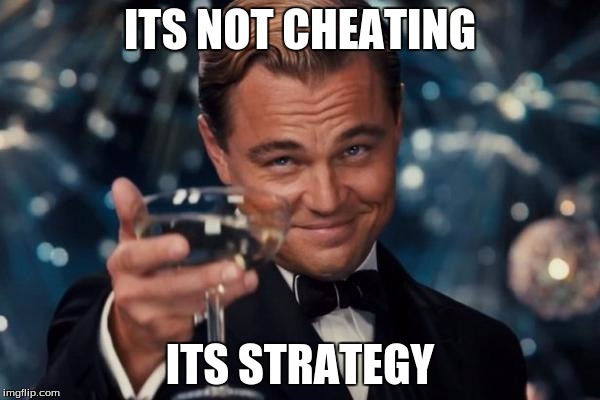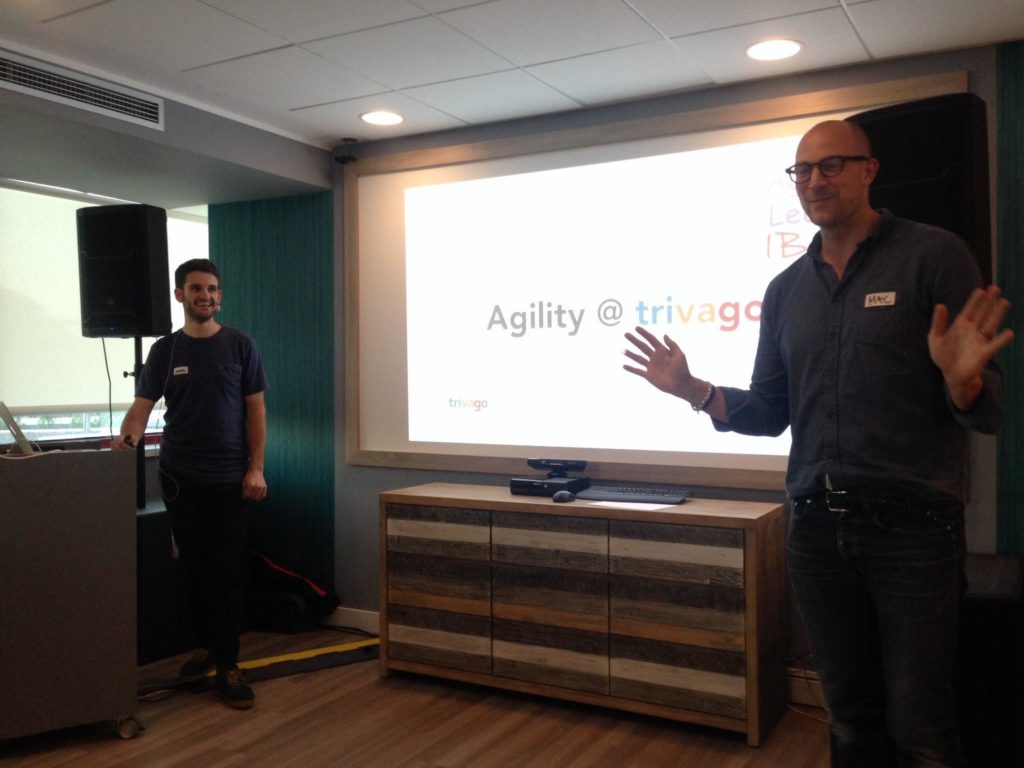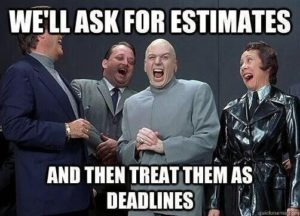I have heard a lot of individuals and teams saying that:
– I don’t have time to execute what is in the strategy because I am stuck with my operational or daily to daily work.
Well, in that case, there are only two options, either your strategy is sh*t or you are not doing whats in the strategy.
Another interesting comment or idea has been:
– Are we not suppose to be an “agile” company, do we really need a long-term strategy then?
I could agree to some extent, but I see more benefits having a strategy then not having one. Will explain why more in detail later on in the article.
But of course, you could do it the Elon Musk way, as with Tesla, just to have a mission “to accelerate the advent of sustainable transport by bringing compelling mass market electric cars to market as soon as possible”. He had also his “secret master plan” that contains this simple but effective roadmap:
- Build sports car
- Use that money to build an affordable car
- Use that money to build an even more affordable car
- While doing above, also provide zero emission electric power generation options
So what is really what?
Understanding how to place things like vision, mission, strategy, roadmap, priorities, initiatives and so on in between each other is not easy and googling on this topic you will find all kind of answers on how to organize and create hierarchies with different levels of granularity. And since there is not one single truth to this, I will try to convey my way of organizing this levels.
I know that might be a bit controversial to say, but don’t care if you have a vision or mission at the top. They are more or less the same, and they target the same long-term time frame, which usually is a couple of years and can usually not be achieved within a year or so.
Where on the opposite a strategy can be or should be achieved within a year. The strategy itself is just a place-holder or container for a handful of priorities, which should be a clear statement through which you can accomplish your vision or mission.
These priorities have preferably some kind of output indicator that measures value contribution, and the priorities should not be completable just as a KPI is not.
Each priority has also a handful of initiatives, which in return should be concrete and measurable actions that contribute to the priority and that its “moving its needle”.
If you then were to look solely on the initiatives, they could be seen as a roadmap, giving it further granularity, if needed, with adding dates, also seen sometimes as milestones.
Connecting this back to Elon’s “secret master plan”, you could argue that the master plan as such actually is a roadmap containing milestones without dates.
Cutting the cake
The larger an organization gets, the harder it is to align and keep everyone working towards the same end goal, independently of which terminology you use.
Does that mean that it is harder to be agile when growing?
I think that the question to that is, yes. And this is such an interesting topic, that I will write more about this in the future. In the meantime, you will have to find your own way of where and how to “cut the cake”.
But I can say this to the second comment above, about being an “agile” company, priorities should have stability over the year, but the initiatives should be flexible to adding new, change, updating or cancellation. Which in my eyes means that we are agile, enough.
So coming to the importance of having a strategy and why I see that there are reasons why a strategy is needed:
Creating alignment
Just like doing estimations with, for example, poker planning, we are forced to externalize our thoughts and ideas when there are discrepancies, which in the long run don’t only create a sense of participation and motivation but more important is that it creates alignment in between the participants and then also in the long-run, the organization, if communicated correctly.
Giving a direction of movement
When standing in front of a decision to be made, you should be at any given moment of time, be able to look at your strategy, and if the decision is aligning with your strategy and its priorities, should be an easy decision to make.
The strategy and its priorities could then be seen as a cheat sheet for decision making, which gives you a clear direction of movement.
Enabling innovation
If knowing where and what your priorities are, they could easily give you an indication of where you should target your innovation, which then automatically should also enable your innovation.
Always important to remember is that innovation should never be focused only on the product or service that you are delivering, but instead also take into consideration your business model according to Alexander Osterwalder and as Eric Ries said, getting “out of the building” to test it.
Focus
If you are following the three first steps, you will automatically be given focus and which will help with planning and decision making both in the short and long-term perspective.
Follow up
The hardest thing with a strategy is not to create it, but to execute it. Therefore lies success of execution with the follow-up.
Just as with a new feature that you think will be a game-changer for your product or service, your strategies priorities or initiatives might not be what you thought they were, so you must be pragmatic and have courage enough to “kill your babies”.
So how do you know if your initiatives or priorities are successful then?
The key is to have KPI’s connected to the priorities, and to have success criteria connected to the initiatives preferably also with targets, connected to the presumed improvement of the KPI.
A common problem is to find a KPI that is affected as little as possible by other things then just your specific initiative, if not, it can lead to false success or failure.
Remeber, all initiatives, success criteria, and targets are all more or less qualified guesses or hypothesis. This is why an agile mindset is important to have when doing the execution and follow up.
Truth be told, not everyone needs a full-blown strategy, but instead should only have a roadmap or kanban-system to manage ad-hoc request.
Hope my ideas gave you some inspiration, but it’s all up to you to decide, where and when to use what.
Follow me on LinkedIn.
Follow me on Twitter.
Follow me on Medium.








